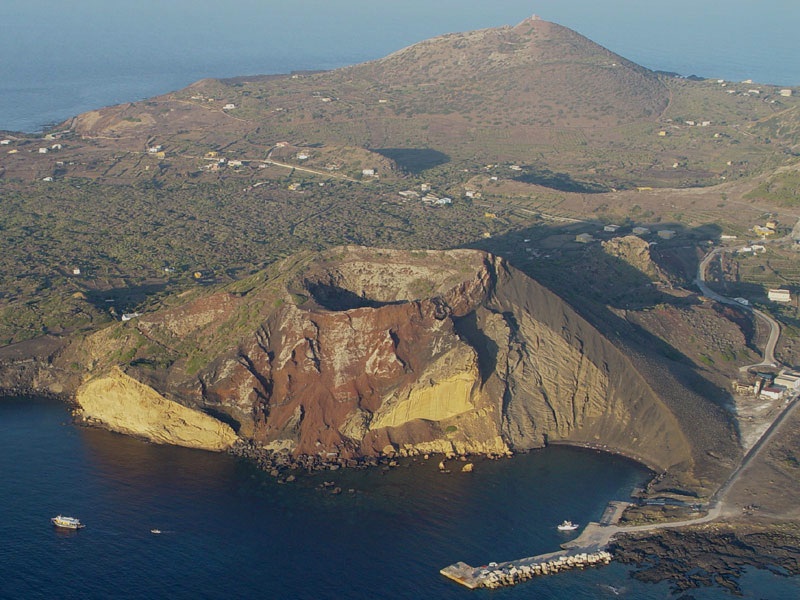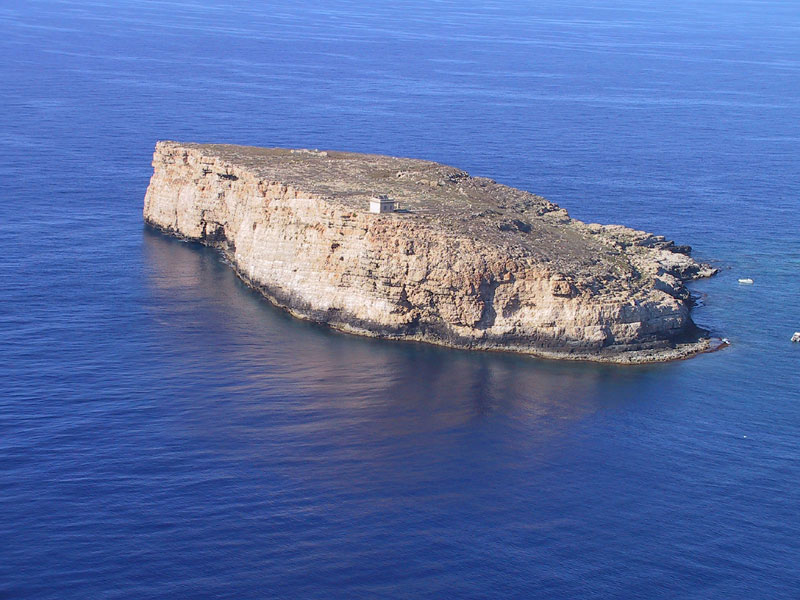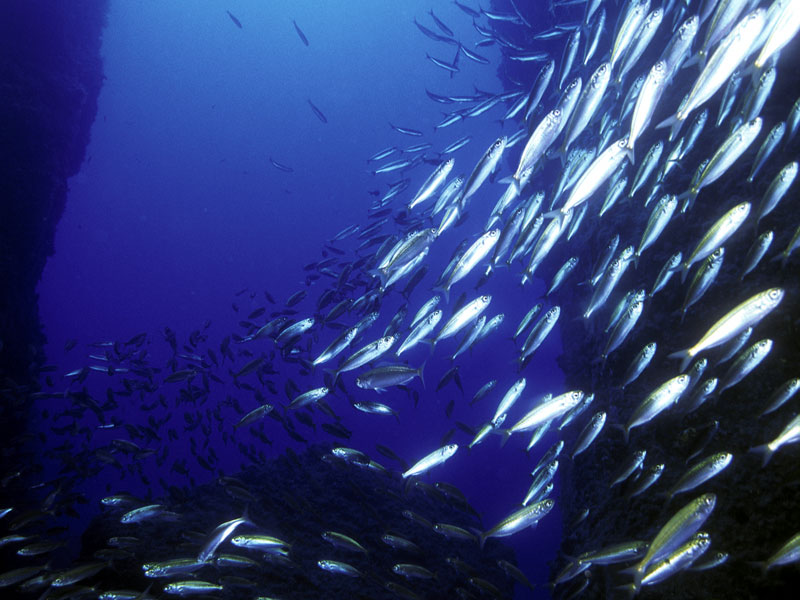Protected Area
Identity Card
- Sea Surface Area: 4'136.00 ha
- Regions: Sicilia
- Provinces: Agrigento
- Municipalities: Lampedusa e Linosa
- Establishment Measures: D.M. 21/10/2002
- PA Official List: EUAP0553
- Park Authority: Comune di Lampedusa e Linosa
The Marine Reserve
There are three isolated islands: one is white, the other is black, and the third one is very small. The tale of the Pelagie Archipelago could begin in this way; these islands are united by geography, but from a geological point of view they belong to two continents: Lampedusa and Lampione to Africa, Linosa to Europe. As a matter of fact, the former two have a mainly calcareous nature and rest on a platform extending up to Tunisia. On the contrary, Linosa emerges from a graben separating the Sicilian platform from the African platform.
The Biology of the Seabed
For their geographical position in the middle of the Mediterranean,
Isole Pelagie are a place where the flora and fauna of the warmer
eastern basin and of the western basin, influenced by the Atlantic
currents, live together.
In the tidal area we can observe the vermetid "trottoir" (or 'rim'), seaweed belts of Cystoseira amentacea and encrustations of the calcareous seaweed Lithophyllum papillosum.
Of great interest, the dozens of semi-submerged caves where it is easy to see facies with Astroides calycularis at a few kilometers of depth. The coastal waters are very clear and the
visibility underwater can reach the 30 meters; for this reason, Pelagie
islands are very interesting for divers and snorkeling-lovers.
Further information (Italian text)
Lampedusa
In the Italian islands classification, Lampedusa is at the thirteenth position for its size, 21 sq.km, with a perimeter of 33.3 km and a maximum height (133m) in location Albero del Sole. However, these data do not make clear what it means landing on this sunny and rocky island, where the green remains above all at the bottom of the deep valleys furrowing the southern side of Lampedusa and ending in one of the charming bays you can find along the coast, like Cala Greca, Cala Galera, Cala Pulcino. Among the latter, there is the most important part of the protected area including Conigli holm and beach. If the former, which is a tiny appendix of Lampedusa and is separated from the coast by an easily fordable passage, houses a big colony of sea gulls and a very precious faunistic species, Psammodromus algiroides, the second is one of the most famous sea resorts in Italy, since here the Loggerhead Sea Turtle (Caretta caretta) reproduces. Among the botanical rarities we must mention Stapelia europea, a plant of African origins for which Lampedusa represents the only Italian station.
Linosa
Thirty miles away from Lampedusa, Linosa is an island of a little more than 5 sq.km whose volcanic origins are clearly witnessed by its black rocks, formed by basalts on which lava flows, tuffs, and ashes added and created a picturesque contrast with the green color of the prickly pears, the white of the sea daffodils, and the silhouettes of three craters: Mt. Rosso, Mt. Nero, and Mt. Vulcan alto (195m). The Island has a quadrangular shape with high coasts rich in inlets. In Linosa the seabed is steep, with walls rich in encrusting species and ravines sheltering crustacea and fish. The most interesting stretch lies between Punta Beppe Tuccio and Calcarella, near Secchitella, a rocky shoal at a few meters from the surface, which then slowly degrades towards the coast and then descends steeply for about fifty meters.
Lampione
Lampione, "inhabited" by a lighthouse only, descends into the sea with almost vertical walls for about 60m and is therefore an uncontaminated seabed, a real paradise for divers who can meet here groupers, spiny lobsters, yellow and pink coral, and the sandbar shark.








